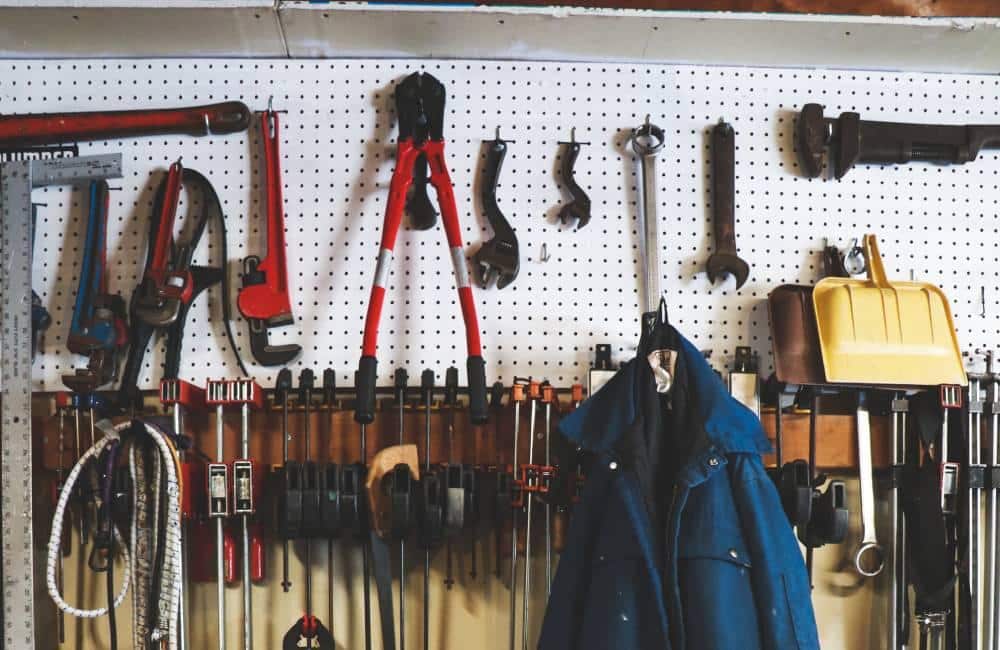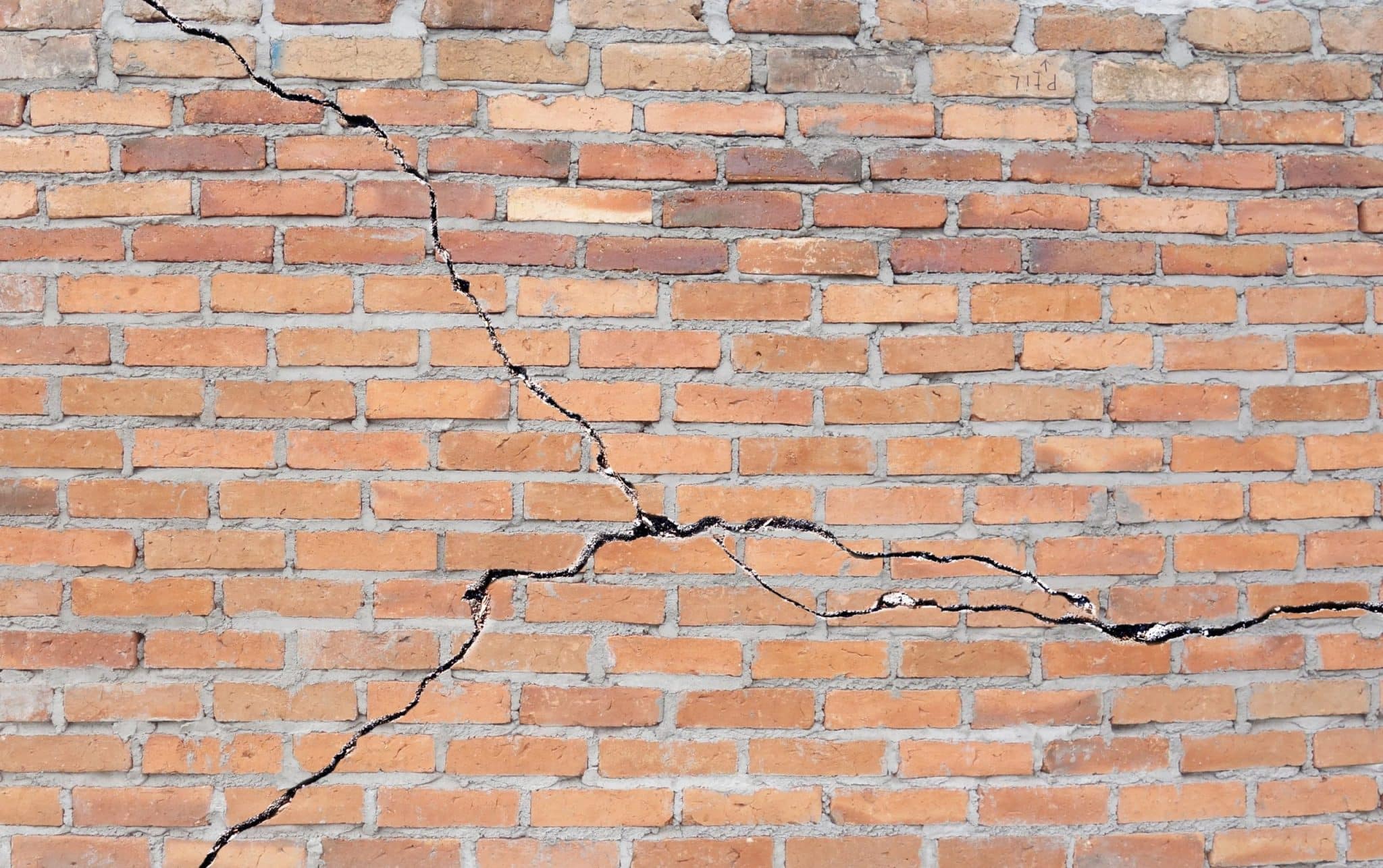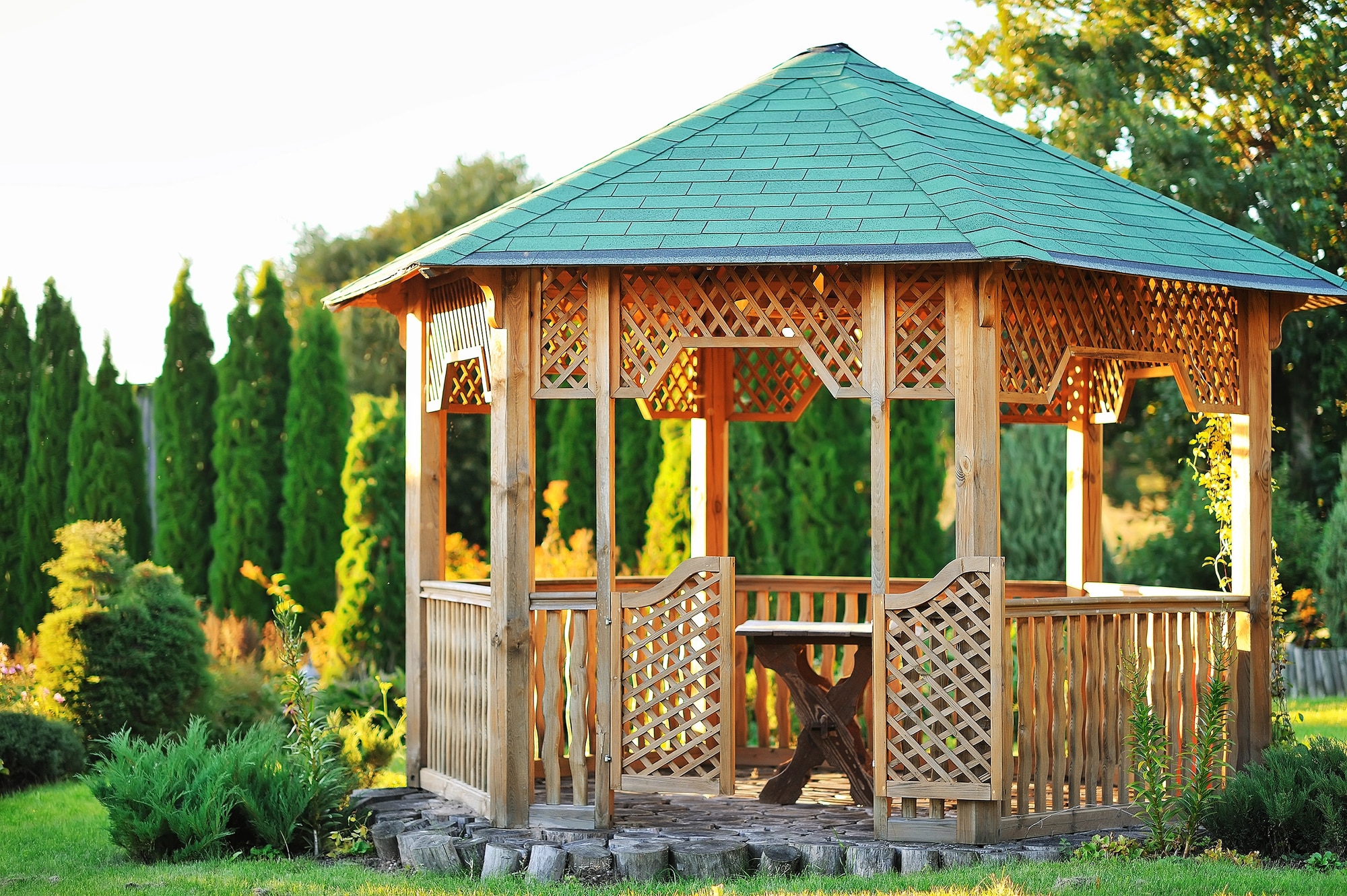The Role and Benefits of Reinforcing Mesh in Residential Construction
Reinforcing mesh is a type of welded wire mesh that is used to strengthen concrete slabs and foundations. It consists of steel bars or wires that are welded together at regular intervals to form a grid-like pattern. Reinforcing mesh can improve the performance and durability of concrete structures by:
- Reducing the risk of cracking and differential settling caused by shrinkage, temperature changes, soil movement, and structural loads.
- Increasing the tensile strength and ductility of concrete, which means it can resist more forces without breaking or deforming.
- Distributing the stresses evenly throughout the concrete, which reduces the concentration of stress at weak points or joints.
- Providing a rigid framework that helps maintain the shape and alignment of the concrete during and after placement.
Steel reinforcing mesh is used in residential construction for various purposes, such as:
Slab-on-ground foundations
These are concrete slabs that are laid directly on the ground without any piers or footings. They are commonly used for single-family homes, townhouses, and low-rise buildings. Reinforcing mesh is placed in the centre of the slab to prevent cracking and settling due to soil conditions and structural loads. The mesh is typically spaced at 4 feet on centre in each direction and raised off the ground at the correct height using plastic chairs or spacers. The mesh size and wire diameter depend on the slab thickness, soil type, and design requirements.
Post-tensioned foundations
These are slab-on-ground foundations that use high-strength steel strands instead of conventional reinforcing bars or wires. The strands are tensioned after the concrete has cured to apply a compressive force to the slab, which reduces or eliminates cracking and improves structural performance. Post-tensioned foundations are designed using the Post-Tensioning Institute (PTI) method and require special equipment and expertise to install. The strands are placed in plastic ducts or sheaths that run through the slab and are anchored at each end using steel plates or wedges. The strands are spaced at approximately 4 feet on centre in each direction and are tensioned using hydraulic jacks to a specified force. The ducts are then grouted to protect the strands from corrosion and bond them to the concrete.
Foundations with ribs or beams
These are slab-on-ground foundations that have ribs or beams along the perimeter or across the slab to provide additional support and stiffness. The ribs or beams are usually made of reinforced concrete or masonry and are connected to the slab using dowels or ties. Reinforcing mesh is placed in the slab as well as in the ribs or beams to ensure adequate strength and continuity. The mesh size, wire diameter, and spacing depend on the rib or beam dimensions, soil type, and design requirements.
Other structural elements
Reinforcing mesh can also be used in other structural elements of residential buildings, such as walls, columns, stairs, balconies, roofs, etc. The mesh provides reinforcement against bending, shear, torsion, and punching forces that may act on these elements. The type of mesh used is highly dependent on the element type, shape, size, load, and design requirements your civil engineer or architect sets.
Reinforcing mesh is cut and bent according to the specifications of each project using manual or automated tools. The cutting and bending process should follow the standards and guidelines of the relevant authorities and codes of practice. For example, in the UK, rebar is bent in accordance with BS codes. The cut and bent mesh should be handled carefully to avoid damage or distortion. Generally speaking, mesh should be stored in a dry and protected area until it is ready for installation. However, surface rust is expected with non-treated carbon steel, and this won’t affect the strength of the rebar.







